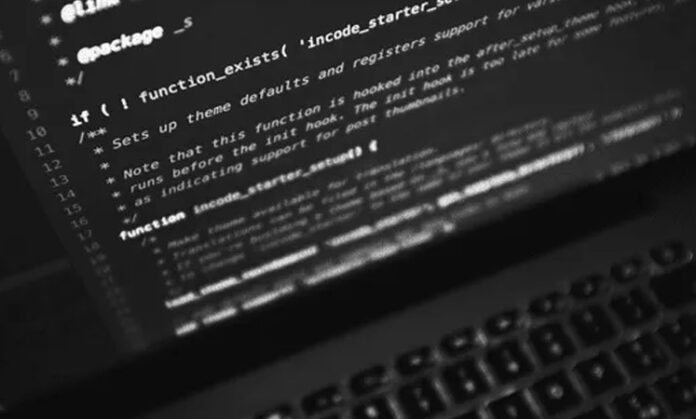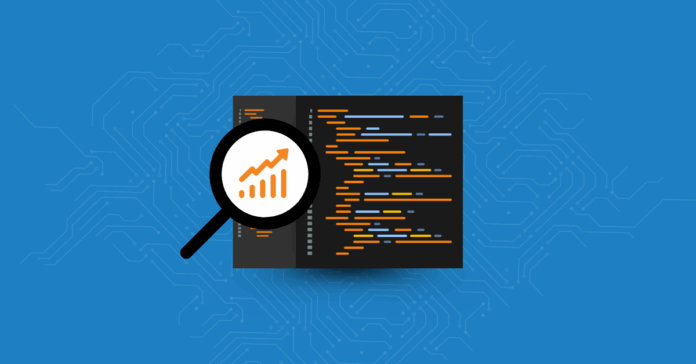The modern app economy thrives on creativity and speed. Every startup, enterprise, and independent developer is racing to launch something smarter, faster, and more secure. But amid this digital rush lies a silent threat, cybercriminals who see every line of code as an open invitation. They decompile, analyze, and exploit software logic to create clones, steal data, or inject malicious code.
To counter this, developers are turning to code obfuscation, a sophisticated defense technique that disguises software from within. Unlike encryption, which locks data, obfuscation hides the very logic of the application itself. It’s a digital smoke screen, one that ensures even if attackers get inside, they won’t understand what they’re looking at.

What Makes Obfuscation Different from Traditional Security
Most cybersecurity tools operate at the surface. Firewalls monitor traffic, encryption secures data, and authentication verifies users. But once a hacker gets hold of an app’s executable file, traditional defenses can’t stop them from inspecting the underlying code.
Obfuscation changes that dynamic. It transforms readable instructions into a chaotic structure that still works perfectly but appears meaningless to the human eye. Instead of protecting from the outside, it safeguards the inside, right at the heart of the software.
This makes it particularly valuable for mobile and desktop apps, where compiled code can be reverse-engineered with publicly available tools. In short, obfuscation ensures that what’s exposed isn’t exploitable.
The Psychology Behind Obfuscation
Cybersecurity isn’t just about technology, it’s about time. Every extra hour an attacker spends trying to understand your code is a win for you. The goal of obfuscation isn’t to make code completely indecipherable forever; it’s to make decoding it so complex and time-consuming that attackers give up or move on.
By turning logical code into visual chaos, obfuscation shifts the balance of power. Hackers rely on patterns, readable identifiers, and predictable sequences. When these are scrambled, their advantage disappears. It’s like trying to navigate a map where all the landmarks have been renamed and the roads redrawn.
Key Layers That Strengthen Obfuscation

A well-implemented obfuscation strategy uses multiple overlapping techniques to confuse any attempt at analysis. Some advanced methods include:
- Dynamic Instruction Reordering: Changes the internal execution pattern of functions while maintaining output accuracy.
- Symbol Encryption: Encrypts internal references so no variable or class name has a recognizable structure.
- Opaque Predicates: Inserts logical expressions that always evaluate to the same result but appear unpredictable to static analyzers.
- Metadata Disguise: Removes or alters debugging information and code metadata, erasing helpful breadcrumbs attackers often rely on.
Together, these techniques make software code look like a maze with no exit.
Industries Where Obfuscation Has Become Indispensable
Let’s explore fresh, less obvious fields where obfuscation is quietly reshaping digital defense.
1. Autonomous Vehicles

Self-driving cars run on millions of lines of code that make split-second decisions. If attackers access or alter these algorithms, the consequences could be disastrous. Obfuscation ensures that critical decision-making logic remains untouchable.
2. IoT and Smart Devices
From home security systems to industrial sensors, IoT devices are frequent hacking targets because they often run lightweight software with minimal defense. Obfuscation provides an additional shield that secures firmware logic and communication protocols.
3. Blockchain and Crypto Wallets
While blockchain networks are decentralized and secure, the wallet applications that interact with them are vulnerable. By obfuscating wallet logic and key-handling functions, developers can prevent code tampering and theft of private credentials.
4. AR and VR Applications
Immersive technologies rely on proprietary rendering engines and sensor algorithms. Obfuscation prevents reverse engineering of these innovations, helping developers preserve competitive advantage in a fast-growing sector.
5. Defense and Aerospace Software
Government and defense systems depend on confidential algorithms for simulation, logistics, and data analysis. Obfuscation ensures those algorithms stay classified even if binaries are exposed.
These examples show that obfuscation isn’t confined to finance or media, it’s the silent guardian across industries where innovation and secrecy intersect.
The Developer’s Perspective: A Practical Shield

Developers often assume security, like code obfuscation, means longer development cycles or slower builds. Modern obfuscation tools prove otherwise. They integrate smoothly into build pipelines and apply transformations automatically before deployment.
For instance, a CI/CD pipeline can include a “protect” step that runs obfuscation scripts right after compilation. The process is automated, consistent, and invisible to end users. Developers can even control the intensity balancing protection and performance with precision.
This flexibility means teams no longer have to choose between innovation and safety, they can have both.
When Obfuscation Meets Machine Learning
One of the most intriguing developments in recent years is the use of obfuscation in protecting machine learning models. Trained AI models often represent immense intellectual property value. Attackers attempt to reverse-engineer these models or extract learned patterns.
By obfuscating the inference logic and embedding techniques, developers make it nearly impossible to extract useful insights from the deployed model. This protects both the training data and the proprietary architecture.
As AI becomes central to every application from fraud detection to personalized recommendations, this new application of obfuscation will only grow in relevance.
Potential Challenges and How to Overcome Them
While powerful, obfuscation does come with considerations:
- Debugging Complexity: Obfuscated code is harder to debug post-release. Solution: maintain unobfuscated builds for testing.
- Tool Compatibility: Some libraries may conflict with advanced obfuscation techniques. Solution: run compatibility tests before production.
- Over-Obfuscation Risks: Too much complexity can slightly affect performance. Solution: tune the obfuscation level according to app sensitivity.
Handled properly, these challenges are minor compared to the massive security gains.
The Ethical Dimension: Protecting Trust in a Connected World
In a world where users entrust apps with personal, financial, and behavioral data, invisible protections like obfuscation quietly uphold that trust. It ensures that apps cannot be easily cloned, modified, or weaponized against the very people they were designed to serve.
The ultimate measure of technology isn’t just how powerful it is, but how responsibly it safeguards the people who depend on it.
Conclusion

The most effective defenses aren’t always visible; they work silently in the background, shaping the battlefield long before an attack occurs. Code obfuscation represents this quiet strength, protecting software from the inside out.
In an era where digital innovation defines competitiveness, keeping your logic hidden can be just as important as making it fast or beautiful. Behind every secure application is a layer of deliberate confusion, one that turns clarity into protection and simplicity into resilience.







